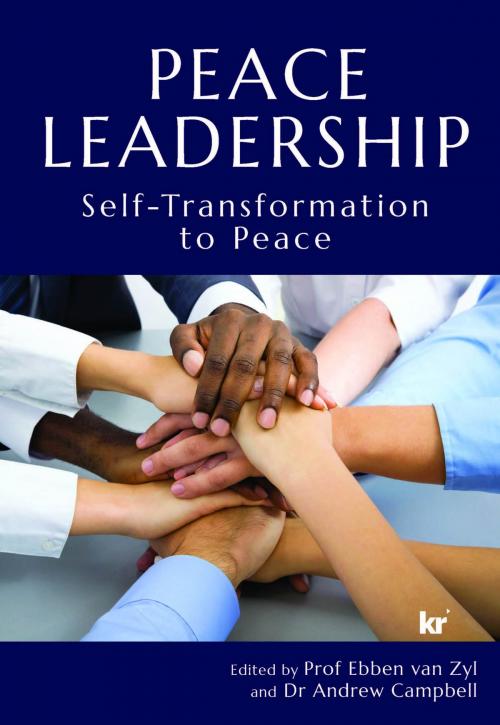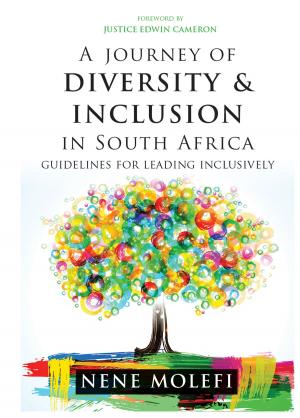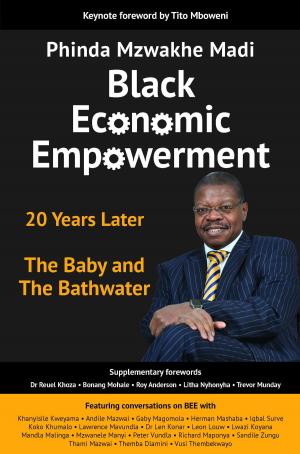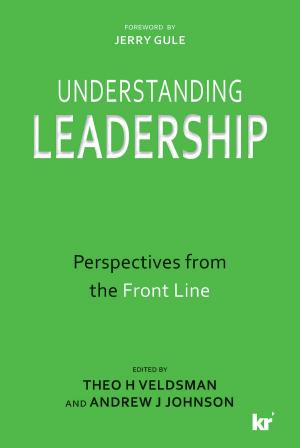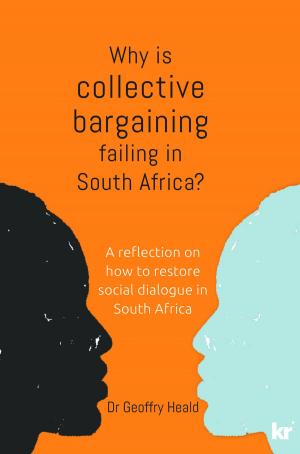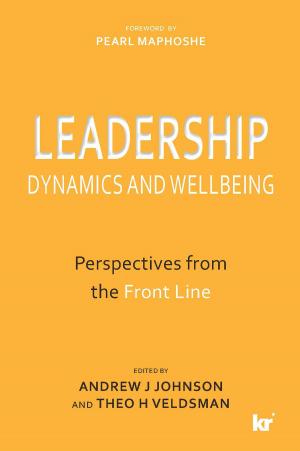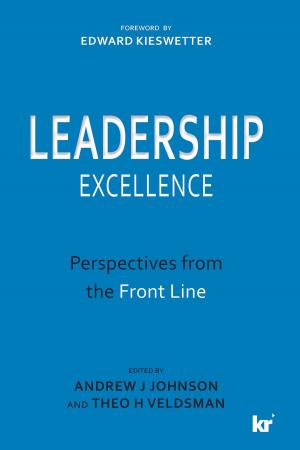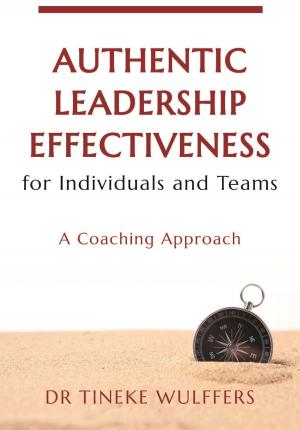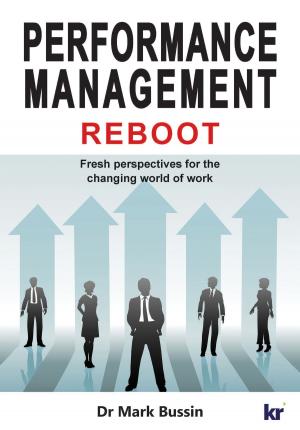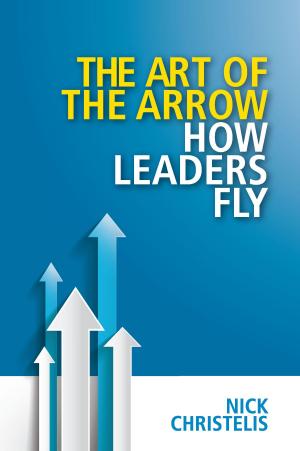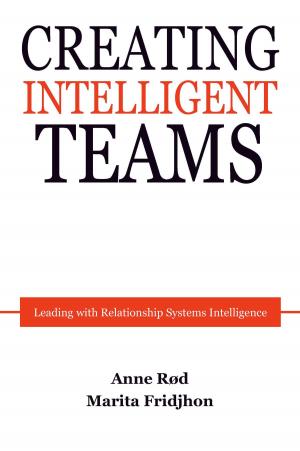Peace Leadership
Self-Transformation to Peace
Business & Finance, Management & Leadership, Leadership, Management, Human Resources & Personnel Management| Author: | ISBN: | 9781869227760 | |
| Publisher: | KR Publishing | Publication: | October 1, 2018 |
| Imprint: | KR Publishing | Language: | English |
| Author: | |
| ISBN: | 9781869227760 |
| Publisher: | KR Publishing |
| Publication: | October 1, 2018 |
| Imprint: | KR Publishing |
| Language: | English |
In our progressively changing environment, it is of crucial importance to deepen our understanding of peace between people and how leadership can enhance that by 'leading for peace'.
This book proposes a useful framework for all leaders (including business, political leaders and peace developers) on how to attain peace between people.
The book is presented in four sections:
1.Peace leadership in perspective: Discussions on the nature and meaning of peace leadership, important building blocks for peace leadership (emotional, social and communal intelligence), and a peace leadership-in-action model (which forms the basis of the book).
2.Implementation strategies focus on lead self, lead with others and lead communities. Lead self includes: leading peace through self, others and the community, the role of wisdom and spirituality in leading self and others, and individual, social and cultural inertia preventing humanity from attaining peace. Lead others includes: leadership theories which support peace leadership, the improvement of cultural intelligence amongst peace leaders, and women's role in peace building. Lead communities includes: peace leadership in the public and private sectors, healthcare for the vulnerable and its meaning and contribution towards peace leadership, and working from helplessness to serving the community.
3.Tools and initiatives to become a highly effective peace leader, including information and communication technological innovations for peace leaders and sport as a tool for peace building.
4.Concluding thoughts. Concluding thoughts are given, with the emphasis on what we have learned and looking ahead.
This editorial book provides a significant contribution within the emerging peace leadership discipline as the international community, non-governmental organisations, and the public and private sectors struggle to formulate sustainable peace initiatives at the tribal, local and communal societal level.
In our progressively changing environment, it is of crucial importance to deepen our understanding of peace between people and how leadership can enhance that by 'leading for peace'.
This book proposes a useful framework for all leaders (including business, political leaders and peace developers) on how to attain peace between people.
The book is presented in four sections:
1.Peace leadership in perspective: Discussions on the nature and meaning of peace leadership, important building blocks for peace leadership (emotional, social and communal intelligence), and a peace leadership-in-action model (which forms the basis of the book).
2.Implementation strategies focus on lead self, lead with others and lead communities. Lead self includes: leading peace through self, others and the community, the role of wisdom and spirituality in leading self and others, and individual, social and cultural inertia preventing humanity from attaining peace. Lead others includes: leadership theories which support peace leadership, the improvement of cultural intelligence amongst peace leaders, and women's role in peace building. Lead communities includes: peace leadership in the public and private sectors, healthcare for the vulnerable and its meaning and contribution towards peace leadership, and working from helplessness to serving the community.
3.Tools and initiatives to become a highly effective peace leader, including information and communication technological innovations for peace leaders and sport as a tool for peace building.
4.Concluding thoughts. Concluding thoughts are given, with the emphasis on what we have learned and looking ahead.
This editorial book provides a significant contribution within the emerging peace leadership discipline as the international community, non-governmental organisations, and the public and private sectors struggle to formulate sustainable peace initiatives at the tribal, local and communal societal level.
